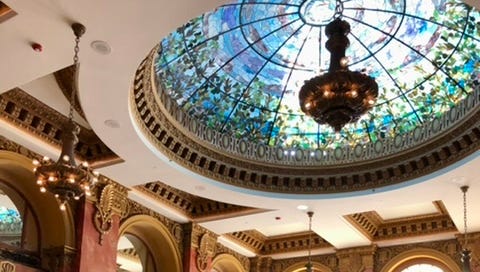I recently found myself in an old American city on the border with Mexico. Having investigated and pre-booked a room at the Hotel Paso Del Norte, I checked in and was impressed. I will not hesitate to return.
El Paso, Texas, is a strangely quiet city, which, during my brief stay, I found enchanting. It’s a poor city surrounded by low mountains. This is where Pancho Villa was once granted refuge with other Mexican revolutionaries and there remains an air of hushed lawlessness amid Mexican drug cartels, sly border deals, double crosses and the tension of being located less than a mile from Juarez, Mexico. All of this—Juarez, the border, El Paso’s skyline, the Franklin Mountains—is visible from the rooftop.
It’s on the 10th floor rooftop where you’ll find a swimming pool and a rooftop bar, lounge and dance floor. Savor a cocktail by the pool under the stars an…
Keep reading with a 7-day free trial
Subscribe to Autonomia to keep reading this post and get 7 days of free access to the full post archives.




